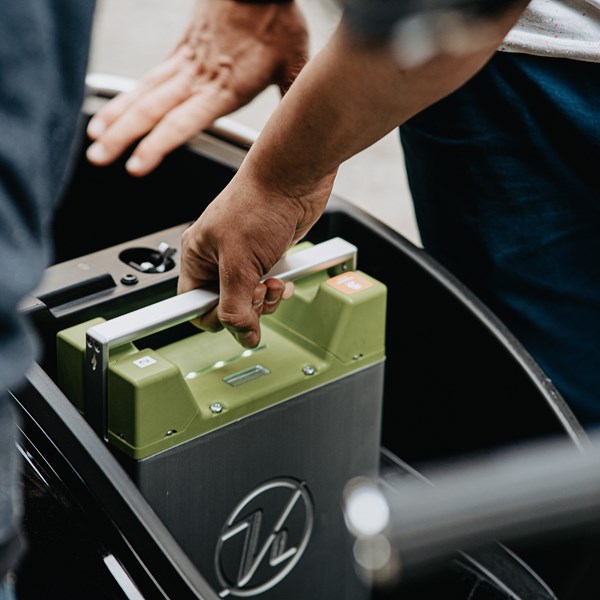If you have created or developed a patented invention or a product that uses patented innovation, you may be eligible to use Patent Box to reduce your Corporation Tax bill.
The Patent Box scheme has been designed to encourage companies in the UK to protect and commercialise their intellectual property. The reward is the opportunity to reduce the level of Corporation Tax you will need to pay on any profits earned from your patented inventions by 10%.
WHO CAN APPLY FOR PATENT BOX?
You can apply for Patent Box if your company:
- Has to pay Corporation Tax
- Makes a profit from patented inventions
- Either owns or exclusively licenses in the patents
- Has undertaken qualifying development on the patents
WHEN IS A PATENT ELIGIBLE?
If your company owns or has an exclusive licence for a patent granted by the UK Intellectual Property Office or the European Patent Office or in Austria, Bulgaria, Czech Republic, Denmark, Estonia, Finland, Germany, Hungary, Poland, Portugal, Romania, Slovakia or Sweden and can show it made a significant contribution to:
- The creation or development of the patented invention
- Or the creation or development of a product incorporating the patented invention
the patent would be eligible for Patent Box.
If your company is a member of a group of companies, it must either actively own the patented invention or be able to show it has a significant role in managing the group’s portfolio of eligible patents.
HOW DOES A COMPANY MAKE A PATENT BOX CLAIM?
If you feel you are eligible for Corporation Tax relief under the Patent Box scheme, the first step you will need to take is to request formal election into the Patent Box.
This application must be made within two years of the end of the accounting period during which the relevant profits and income were made. The application can either be made in the calculations you submit with your tax return or separately in writing.
Once elected to Patent Box, your claim will be made on your company’s corporation tax return, either on the original return or in an amended return made within the statutory time limits.
You should be able to calculate your relevant profits from qualifying IP-related income. This process will involve:
- Identifying relevant IP profits by ‘streaming’ a just and reasonable portion of your company’s expenses to your research and development activities
- Deducting a ‘routine profit’ (notionally 10%) from certain operating expenses
- Deducting profit derived from your company’s marketing assets and/or brand
- Multiplying by the portion used for R&D fraction
The final figure achieved by this calculation will be the amount eligible for a 10% reduction in the rate of corporation tax.
It is always best practice to include your calculations when you send your tax return to HMRC so they can check them without having to burden you with a more formal check.
It is also important to remember not all your IP revenue will come from patents. IP income can also come from:
- Licensing out patent rights
- Selling patented rights
- Infringement income
- Damages, insurance or other compensation related to patent rights
As there are so many possible avenues, it may be best to contact an IP professional to help you work all the possible IP revenue streams you could exploit.
CAN YOU CREATE A PATENT BOX STRATEGY?
As you can file patents purely for the purpose of gaining the tax benefit (without the need to enforce these patents against competitors), you could create a specific Patent Box strategy if you felt the financial gains warranted the cost of obtaining the requisite IP rights.
We would suggest that before you consider whether you do need to create a specific Patent Box strategy, you should review your existing products and processes to assess whether they already contain or utilise patents that would qualify for Patent Box relief.
If they do not, this is the point where you should consider whether any of your ideas could be patented and if they can, whether the cost of doing so would deliver a level of tax relief that would justify the expense of obtaining these patents.
Once you have established that you have (or will have) patents or innovations you want to place within the Patent Box scheme, we can assist you with preparing the appropriate assignment and/or licensing agreements to facilitate this.
If you would like us to help you conduct this review and discuss the possibility of either using your existing patents to reduce your Corporation Tax bill or create new patents that will, please contact us today.






